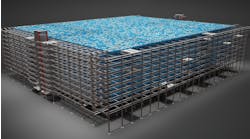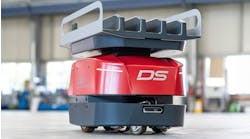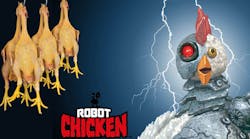Author: Shruti Date Singh
Working in the $60 billion U.S. chicken industry is often tough and grueling, with much of the processing done by hand. One of the nation's largest suppliers wants to reduce labor intensity on the production line by introducing robots.
Pilgrim's Pride Corp., the second-largest U.S. producer, is adding robotics and X-ray technology for processes such as deboning the front half of the birds, Chief Executive Officer Bill Lovette said Thursday on the company's second-quarter earnings conference call. Pilgrim's is working with Scott Technology Ltd., a New Zealand automation company controlled by Pilgrim's corporate parent, Brazilian meat giant JBS SA.
Here's an example of Scott's machine at work:
The U.S. chicken industry has about 280,000 workers. Pilgrim's has more than 40,000 people across the U.S., Mexico and Puerto Rico. The sector has faced criticism for the working conditions at some plants. At the same time, it's dealing with tight labor markets in some regions and often struggles to hire and retain workers. Tyson Foods Inc., the country's biggest producer, said in April it will improve pay and safety for more than 95,000 employees, after criticism by regulators and activists over working conditions.
Lovette said Pilgrim's is accelerating the rate of wage increases this year while trying to "mitigate" issues at four plants. The company declined to provide further details.
Pilgrim's, which reported higher-than-expected earnings for the quarter, also said on the call that it's looking to acquire branded assets and reduce its reliance on its commodity-meat business.











